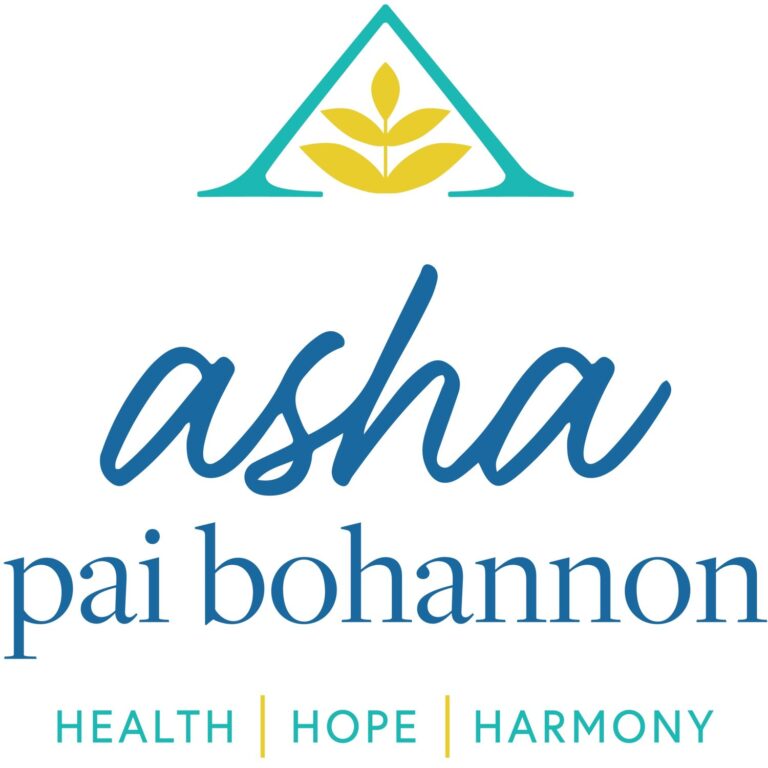Protecting your venous health is vital for your overall health and well-being. Blood clots can be dangerous to your health and lead to various medical problems. Knowing the signs, symptoms, and prevention strategies for blood clots is critical. This guide will give you an overview of blood clots, vein health, and what you need to know to anticipate potential problems.
What are blood clots?
Blood clots are collections of substances in the blood that can develop in blood vessels. These clots form when blood components, such as platelets and clotting factors, become activated and stick together to form a plug. Blood clots can be beneficial when they help stop blood loss after an injury, but they can also be dangerous when they form in the wrong places.
The parts of the body most prone to clots are the deep veins in the legs, as the legs are in a position where the blood has to travel up toward the heart. Clots in the legs are known as deep vein thrombosis (DVT) and can be dangerous if they travel to the lungs and cause a pulmonary embolism. However, clots can also form in other body parts, such as the arms, lungs, liver, stomach, and kidneys.
Types of clots
Blood clots are classified into:
A) Thrombi. They develop inside blood vessels and can obstruct blood flow. Thrombi are further classified into two types:
- Arterial thrombi form in the arteries and can cause myocardial infarctions or strokes.
- Venous thrombi form inside the veins. They often develop in the legs but can appear in other body parts.
B) Embolisms. These clots break off from one location and travel through the body via the bloodstream. Embolism can occur anywhere in the body but is most common in the legs, lungs, and brain veins. Pulmonary embolism is the most common. It occurs when a blood clot breaks loose from a vein in the legs and travels to the lungs, blocking blood flow. This causes shortness of breath and chest pain. Cerebral embolism is less common but more dangerous, as it can cause brain damage and be fatal.
Risk factors for developing blood clots
Several risk factors can increase the likelihood of developing blood clots. These include:
- Family history of blood clots
- Staying still for long periods
- Heart disease
- Use of some types of birth control pills or hormone replacement therapy
- Pregnant women
- Cancer or other chronic illnesses
- Obesity
- Smoking
- Surgery or trauma
- People over 60 years old
Symptoms of blood clots
Symptoms of blood clots can vary depending on the location of the clot and its size. The most common symptom of blood clots is leg swelling. Other common symptoms in the skin around the vein are:
- Swelling
- Pain or tenderness
- Warmth or redness
- Discoloration of the skin
- Weakness
- Heavy feeling or cramping
Symptoms of a blood clot in the lungs (pulmonary embolism) can include:
- Shortness of breath
- Chest pain or discomfort
- Rapid or irregular heartbeat
- Coughing up blood
- Fainting or feeling lightheaded
For some people, blood clots are often painless, especially if they form in the deep veins of the legs. For this reason, it is essential to watch for any changes in your health and seek medical attention if you have any symptoms. Blood clots can be life-threatening if not treated in time. A vein specialist can help you understand your risk factors and develop a plan to keep your veins healthy and reduce your risk of blood clots.
Treatments for blood clots
Treatment of blood clots depends on the location and size of the clot and the severity of the symptoms. Common treatments include:
- Anticoagulant medications treat and prevent blood clots in the veins
- Thrombolytic drugs help dissolve blood clots in the arteries, especially in the brain and heart.
- Compression stockings can help reduce the risk of blood clots by improving blood circulation
- Surgery, in severe cases, may be necessary to remove the clot or to repair damage caused by the clot
- Filters: In some cases, a filter may be inserted into the vena cava (a major vein in the body) to prevent blood clots from traveling to the lungs
The treatment must be guided by a physician, as some medications may have side effects and interact with your other drugs. Follow your doctor’s recommendations and report any side effects or changes in your health.
Tips for preventing blood clots and maintaining healthy veins
The best way to prevent blood clots is to keep your veins healthy. Here are some tips to prevent blood clots and maintain healthy veins:
- Exercise regularly to improve blood circulation
- Maintain a healthy weight
- Eat a healthy diet of fruits, vegetables, whole grains, and lean proteins
- Consume enough water to promote blood flow.
- Limit your alcohol intake
- Avoid stress to prevent blood circulation disorders.
- Wear compression stockings
- Avoid sitting or standing for prolonged periods, especially during lengthy plane or car trips
- Avoid crossing your legs
- Avoid smoking because it can increase the risk of blood clots due to changes in blood circulation and clotting levels
- Control chronic diseases such as diabetes, and heart disease
- If you are taking oral contraceptives or hormone replacement therapy, talk to your doctor about the risk of blood clots
- If you have a family history of blood clots, talk to your doctor about possible prevention measures
Remember that this advice is general, and your doctor is best suited to advise you on specific prevention measures for your particular case.
Conclusion
Blood clots and vein health are important issues that should not be overlooked. Blood clots can be life-threatening and can occur as a result of a variety of medical conditions and lifestyle factors. It is essential to be aware of the symptoms of blood clots and seek medical attention immediately if they occur. Following a healthy lifestyle and seeking treatment if necessary can help reduce your risk of blood clots and promote healthy veins. Also, taking a proactive approach to understanding and caring for your blood clots and vein health is essential.








